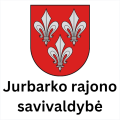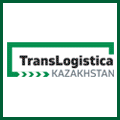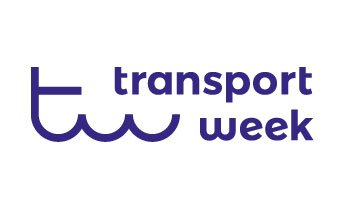CARGO flows along the Trans-Caspian International Transport Route (TITR), or the Middle Corridor, have jumped to a new record high in January-November 2024, reports Baku's Caspian News.
In the first 11 months of 2024, freight volumes surged 63 per cent to 4.1 million tons as container throughput increased 2.6-fold to 50,500 TEU.
The new record was bolstered by continual growth in the overall cargo and container transportation volumes, which currently stands at six million tons and 100,000 TEU a year.
In addition, the TITR Coordination Center was launched in June this year with the aim to enhance infrastructure and broaden the functionality of the route. The new platform seeks to boost the competitiveness of TITR by reducing transit times between Europe and Asia to just 15 days.
The platform involves active participation from key nations and companies, including Kazakhstan, Azerbaijan, Georgia, Turkey and China, among others. It aims to support project development along TITR by fostering collaboration among stakeholders. Its overarching goal is to transform the corridor into a sustainable, competitive, and efficient transport route.
Henrik Hololei, adviser at the European Commission's Directorate-General for International Partnerships, highlighted the Middle Corridor as a flagship of the EU's Global Gateway strategy, aimed at enhancing Europe's connections globally.
"The aim of the platform is to provide a permanent framework that will drive forward the implementation of projects in Central Asia in a consistent and coordinated way to achieve the long-term objective of making the Trans-Caspian corridor a more sustainable, safer and faster route linking Europe and Central Asia in less than 15 days," said Mr Hololei.
Additionally, the platform is designed to assist investors and stakeholders in securing the financial resources necessary to complete key projects along the corridor, including EUR18.5 billion (US$19.9 billion) estimated by the European Bank for Reconstruction and Development.
The Middle Corridor spans approximately 4,250 kilometres of railway and 500 kilometres of sea routes. Its primary goal is to facilitate access for Chinese and Central Asian goods to European markets via the Caspian Sea, Azerbaijan, Georgia, Turkey and the Black Sea.
Beyond its efficiency, the Middle Corridor benefits from favourable climatic conditions, reducing travel time by 15 days compared to traditional sea routes.
It also presents significant opportunities for cargo movement across Asia, enabling goods to reach the Middle East, North Africa, and the Mediterranean region through integrated port connections in Turkey.
Azerbaijan, China, and Kazakhstan have signed an agreement to establish an intermodal cargo terminal at the Port of Alat in Baku along the Middle Corridor.
This initiative aims to enhance the port's cargo-handling capabilities and boost container train traffic along the China-Europe-China route via the Middle Corridor.
According to Kazakhstan Railways, the new terminal will include a multi-purpose cargo yard, a 5,000-square-metre indoor warehouse, and a container yard capable of handling over 1,000 containers.
Azerbaijan is set to receive 300th block train on the Middle Corridor from China via Kazakhstan this year. The goal for 2025 is to achieve 1,000 block train journeys.
Moreover, on November 24, the first block train of 62 FEU containers was dispatched from Azerbaijan to China, underscoring the efforts to transform TITR into an East-West-East route.
Source, Shipping Gazette



.jpg)








